The Sigma 180mm F2.8 EX DG OS HSM Macro lens is the biggest, longest macro lens in the Sigma lens catalog. This telephoto lens offers true life-sized reproduction with a 1:1 maximum magnification ratio. Incredible sharpness—thanks to its state of the art optical design—Optical Stabilizer, and a three-zone focus limiter make this a serious lens for advanced macro photographers.
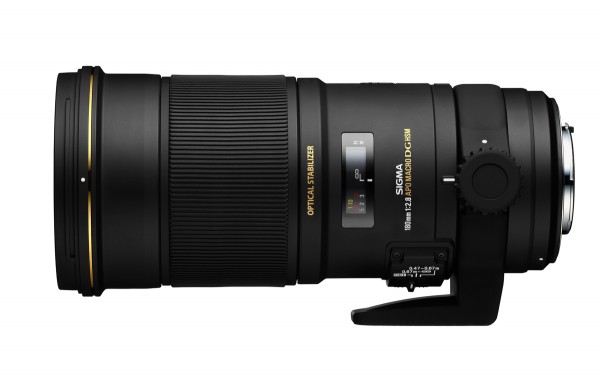
This is a lens with serious presence. At 3.7 x 8.0 inches and 57.8 ounces, it’s a touch bigger and heavier than the 70-200mm F2.8 EX DG OS HSM lens. 19 elements in 14 groups, including three FLD elements, ensure incredible real-world image sharpness as demonstrated in the MTF chart.
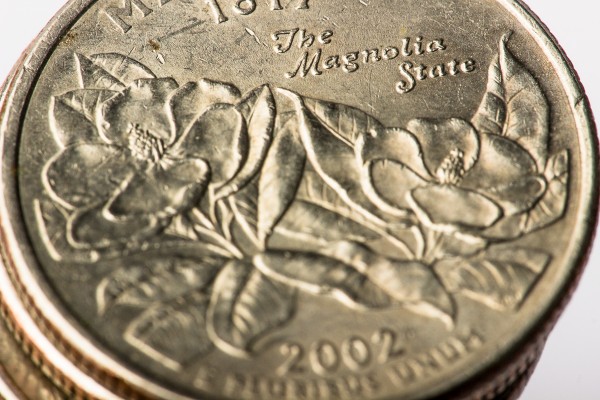
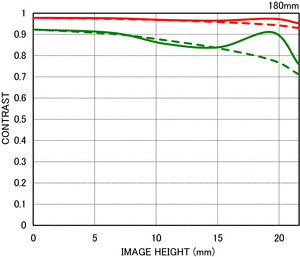
This is a lens for experienced macro photographers who want a longer focal length and greater working distance for specialized applications. And while it is a big and weighty lens, internal focusing and Optical Stabilizer mean, respectively, that the lens barrel remains the same length at all focal distances, and that it can be used in the field without a tripod at slower shutter speeds, both of which are really nice touches.
Even with these great features, this probably isn’t the exact right lens for the complete macro newbie looking for the first life-size prime macro to add to the bag. The 105mm or 150mm F2.8 Macros both also offer internal focusing and OS, and are a bit easier to manage for the beginner looking to move up from the lower-magnification macro ratios offered on a number of Sigma zoom lenses.

The close-up images this lens can help create are simply stunning. Macro photography is so fascinating because it brings to our eyes details of objects hidden in plain sight simply by sense of scale. There is a beauty in everyday objects that can be revealed through the macro lens.
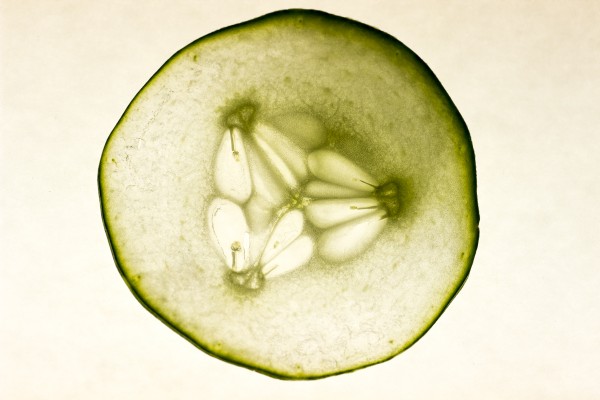
For studio work, especially when the lens is pointed downwards, a heavy-duty tripod and head are necessary. Even when using the supplied tripod collar to keep the center of gravity balanced, I had to trade out my usual pistol-grip studio ballhead for a heavy-duty gimbal head and legs I normally use for supertele wildlife to be able to shoot downwards for tabletop photography.
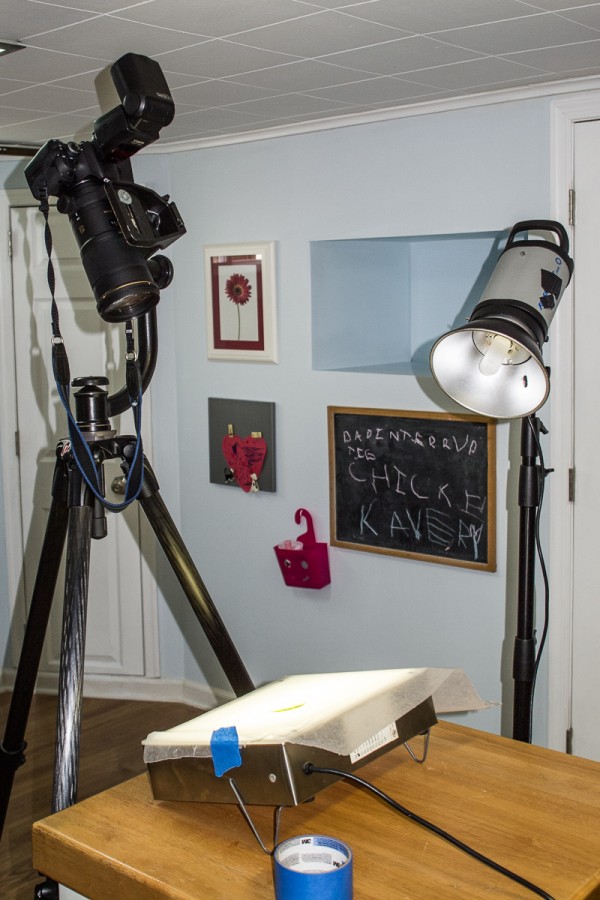
Cucumbers are generally sedentary and not really all that dangerous; but for macro photographers looking to capture wildlife of the toothed, clawed, venomous, or just generally skittish variety, this level of magnification at a longer working distance can be exceptionally useful to help keep both photographer and wild subject free from harm.
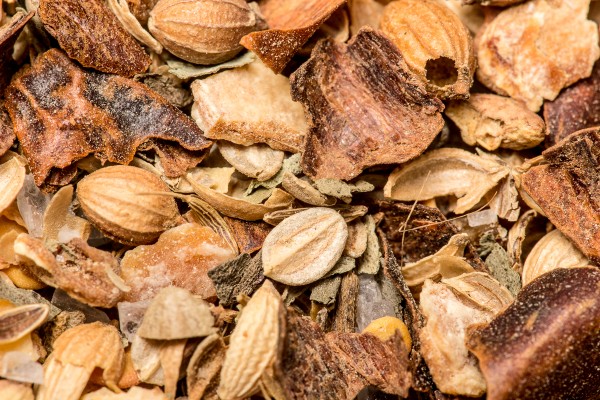
In the hand, the lens feels very well-balanced, and the focus ring is well-damped for manual focusing. All three switches, OS, AF, and Focus Limiter click decisively into the selected setting. Optical Stabilizer is handy for minimizing camera shake at slower shutter speeds when handheld, which is amplified at very close focus distances. Obviously, OS cannot do anything about external forces, such as a slight breeze outdoors, which can cause a branch or flower to sway in and out of the focal plane. And with such high magnification and shallow depth of field, the slightest changes matter. But the internal focusing powered by the Hypersonic motor, and paired with wise use of the Focus Limiter can often help keep up with moving subjects.

Focus Limiters work by shortening the arc the focusing group must travel before reversing. This is useful both in extreme close-up and also long-reach photographic situations. For example, when you are focusing at a nearby object for close-up photography, you do not want or need the lens to search all the way out to infinity and back. Take a look at that snowy branch. No matter how much it danced in the breeze, it was never going to be more than a foot or so in front of my lens, so searching out to the horizon and back simply wastes time and leads to missed shots. Used wisely, Focus Limiter is one of most powerful tools available on a lens to speed AF response time.

The view is nice and bright through the lens, thanks to that fast F2.8 aperture, and pinpoint focus confirmation is easy to confirm both through the Optical Viewfinder and or LCD screen in live-view mode when desired or necessary. I was very thankful to have the LCD preview as an option for several of the images showcased here!
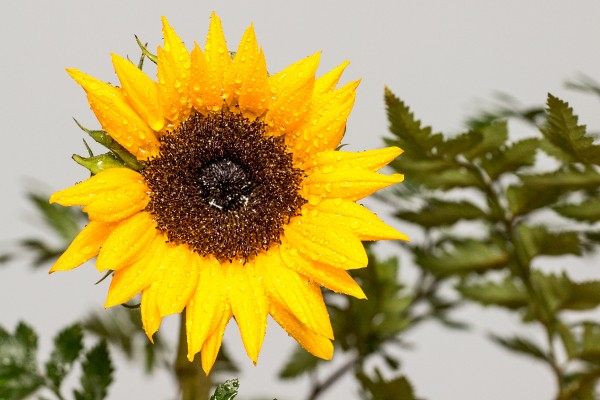
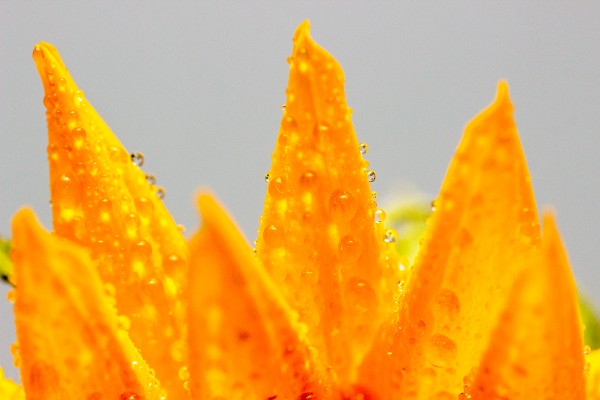
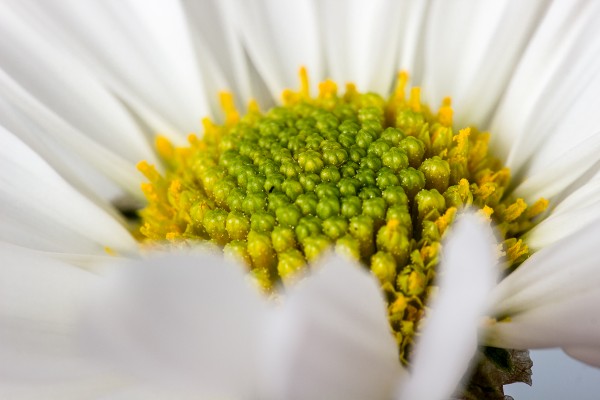
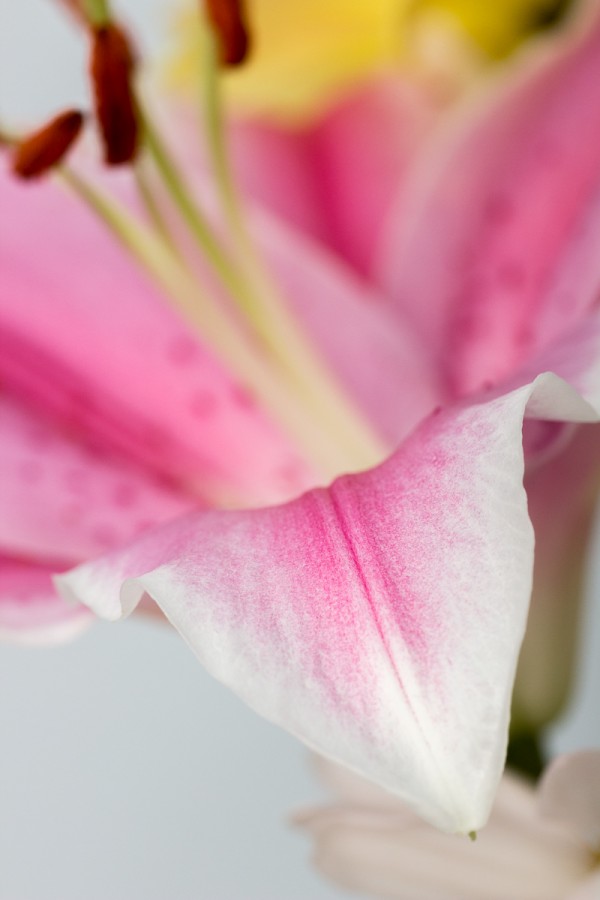
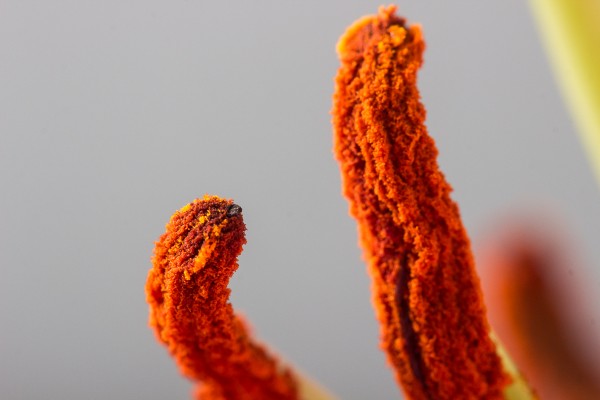

The Sigma 180mm F2.8 EX DG OS HSM Macro is a fantastic prime lens capable of capturing close-up images with incredible detail. For photographers who are serious about macro capture and need telephoto reach, it has a lot to offer. This is still the world’s only 180mm F2.8 macro lens with life-sized reproduction (1:1 magnification ratio).

And everything in the feature set that makes this a fantastic telephoto macro lens, including Optical Stabilizer, internal focusing, and focus limiter also mean it is equally adept as a fast telephoto prime for portraiture, sports and wildlife capture. We’ll tackle this side of the focus limiter settings in a follow-up blog posting.
